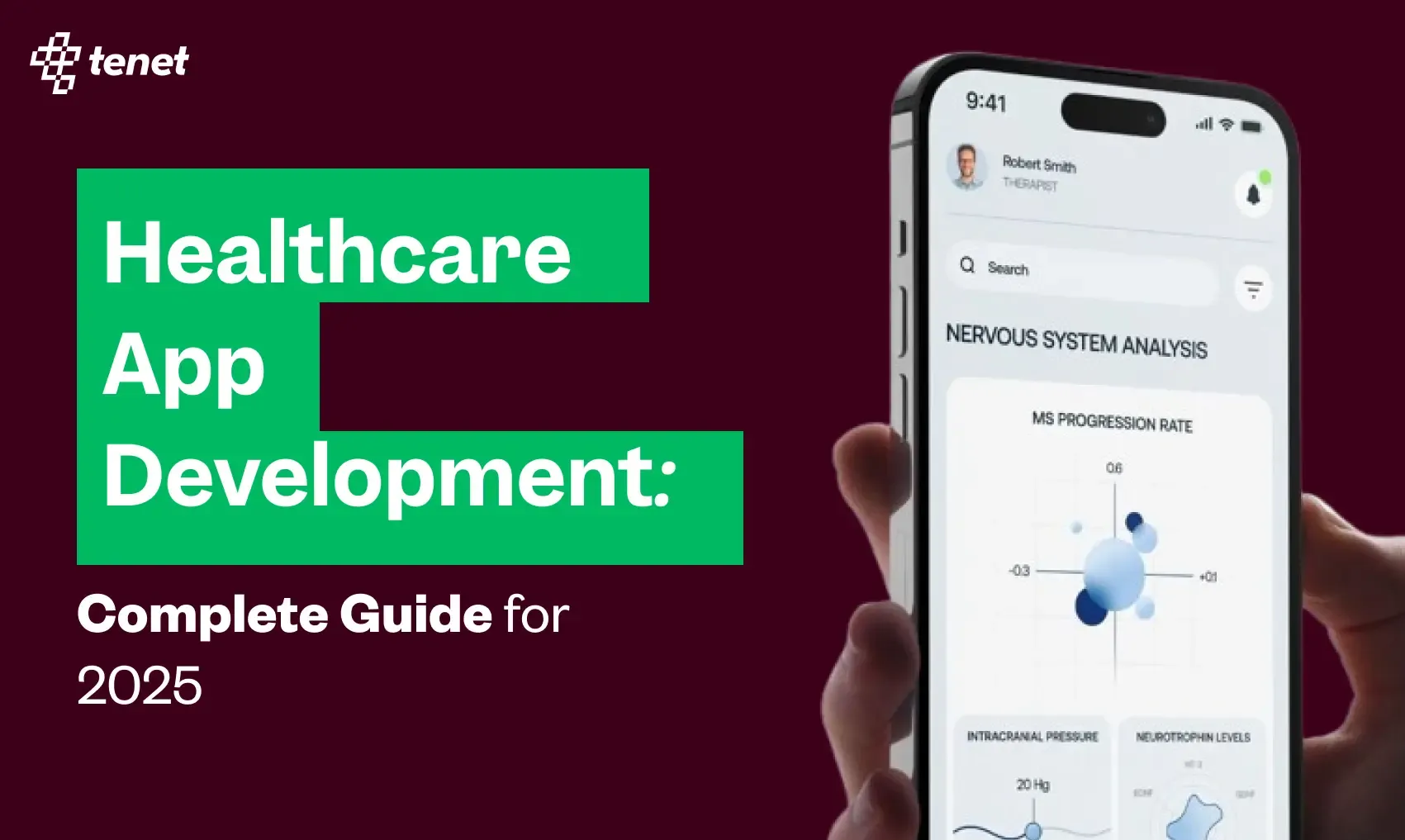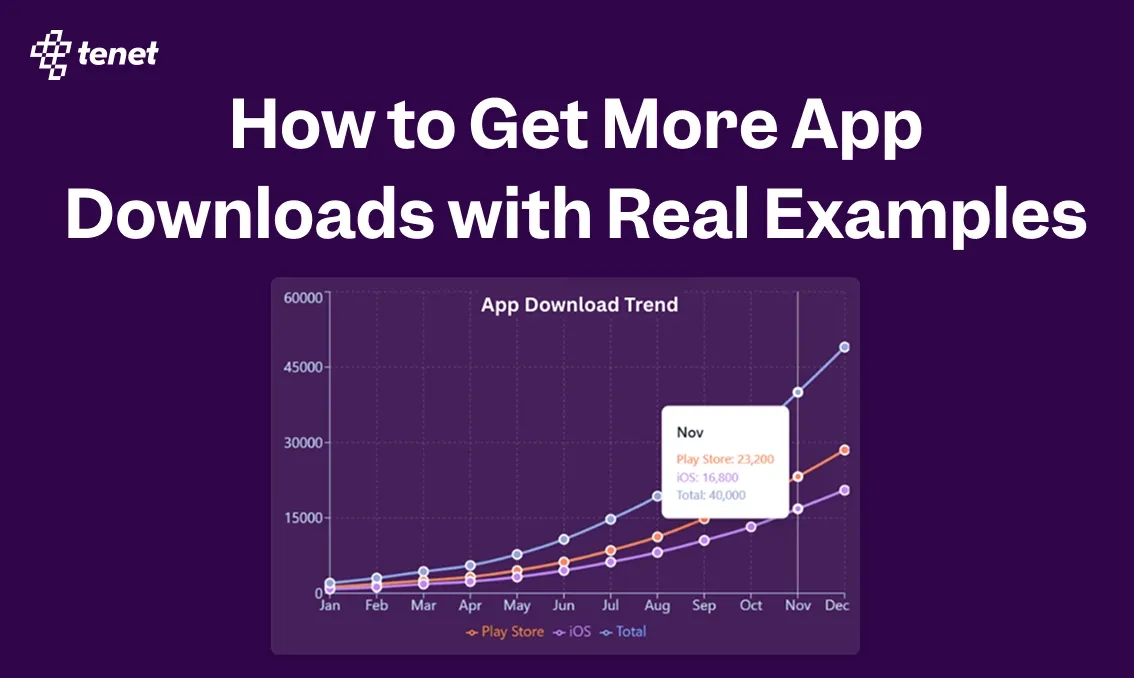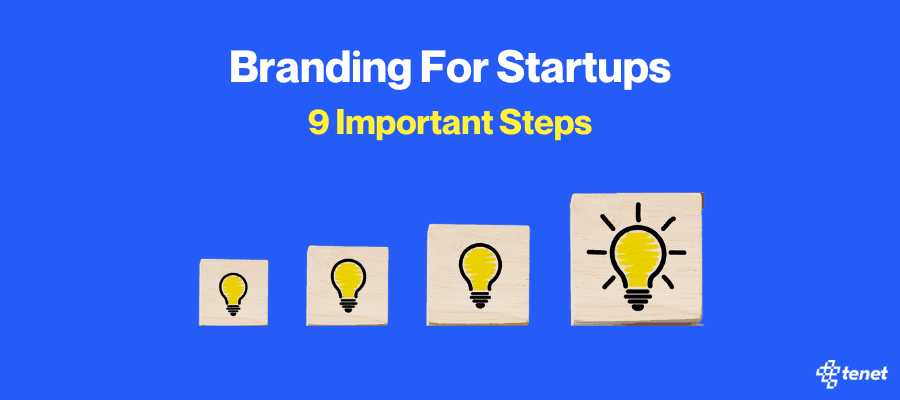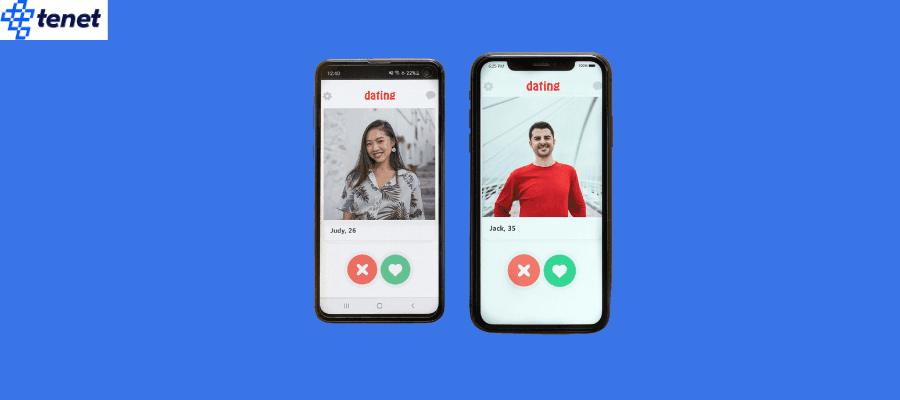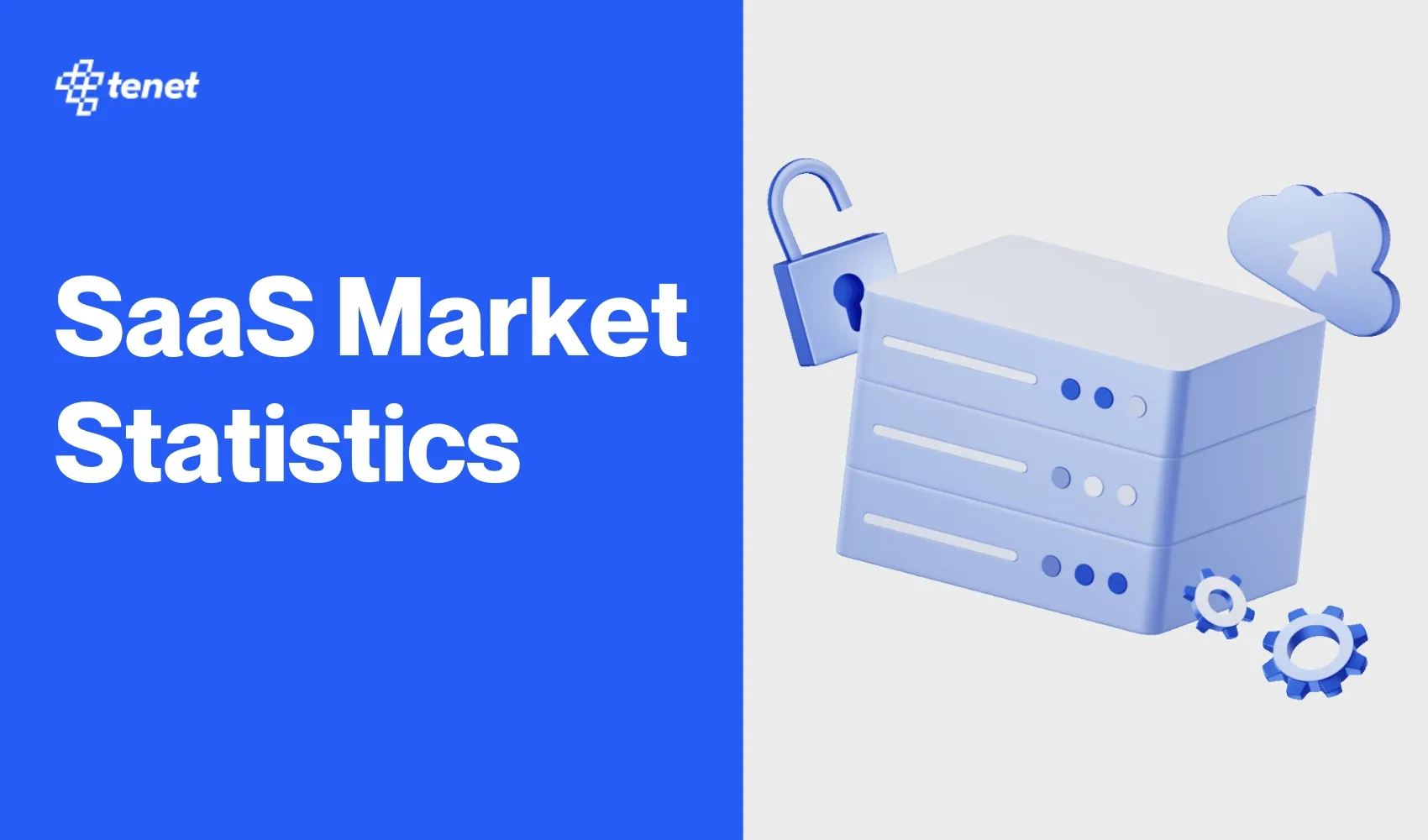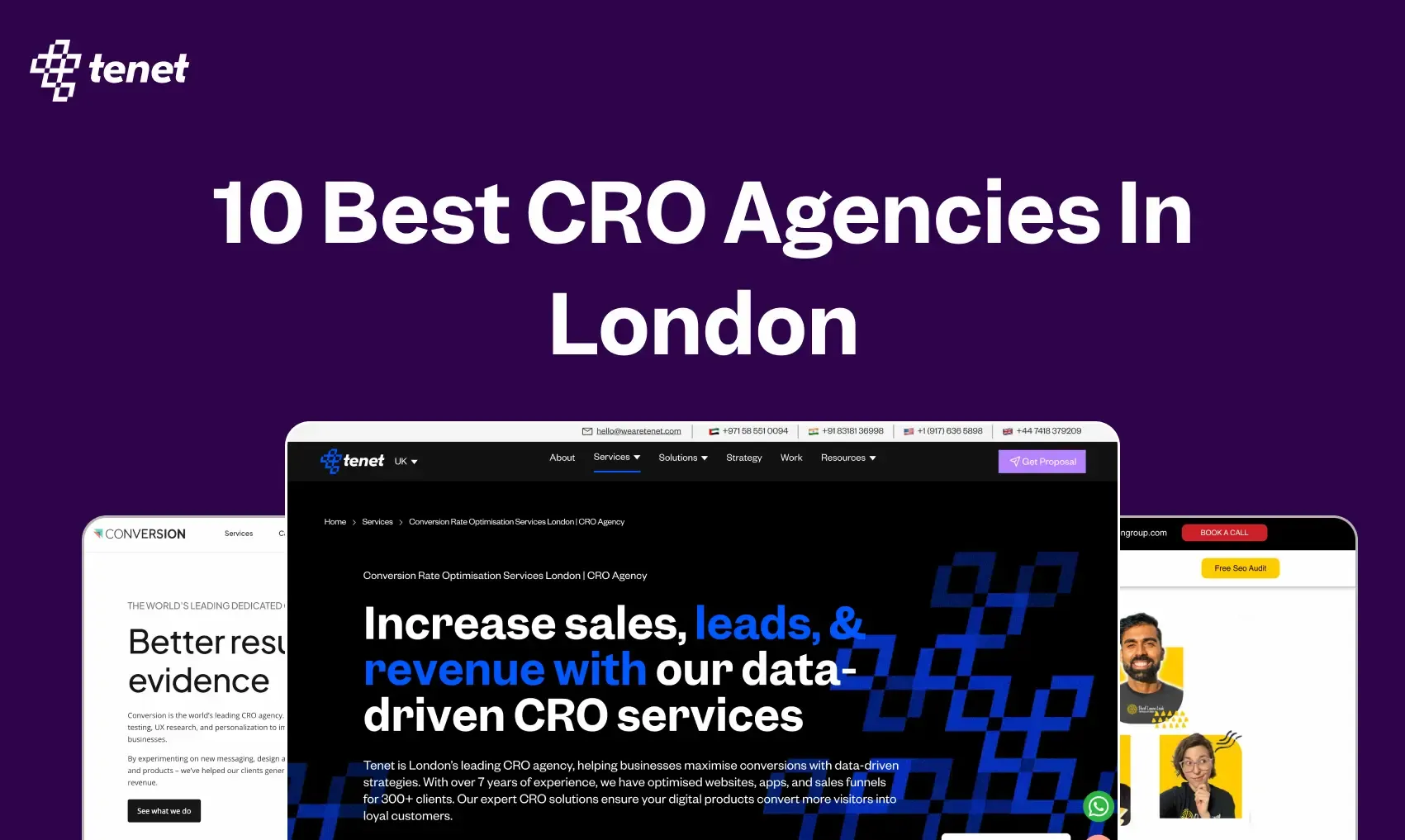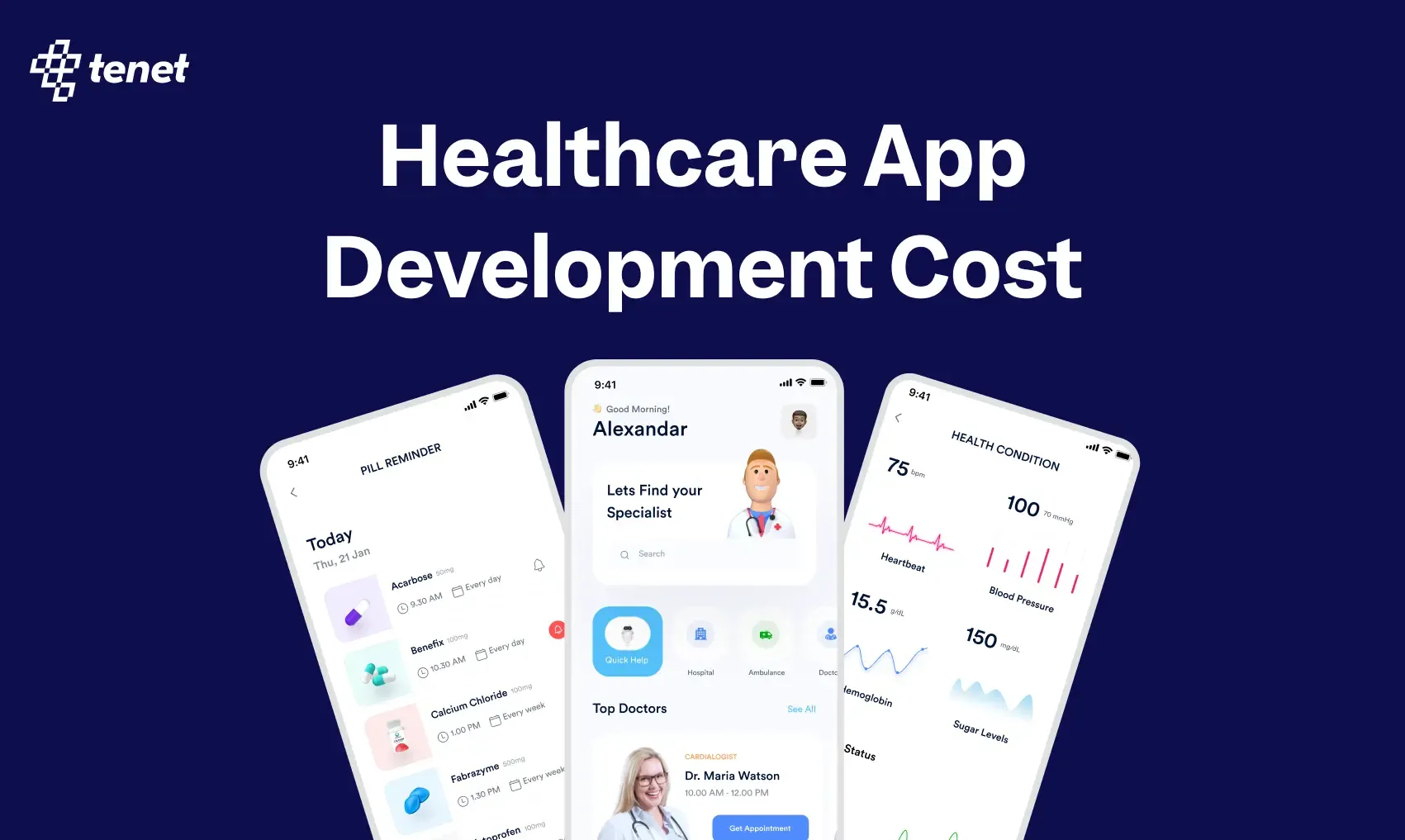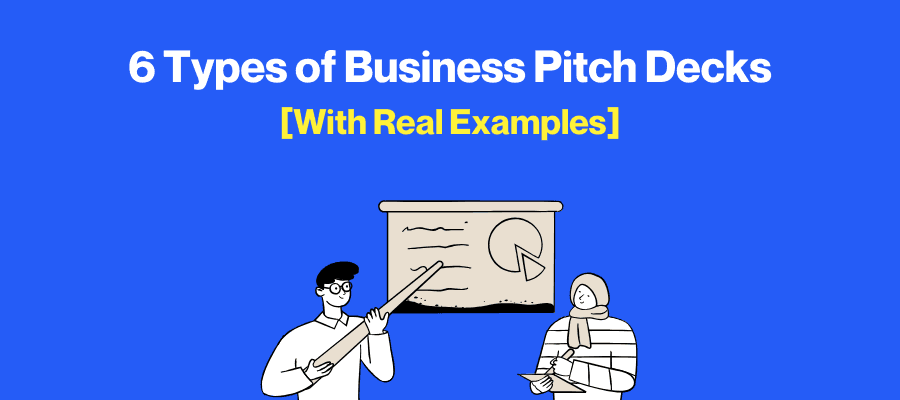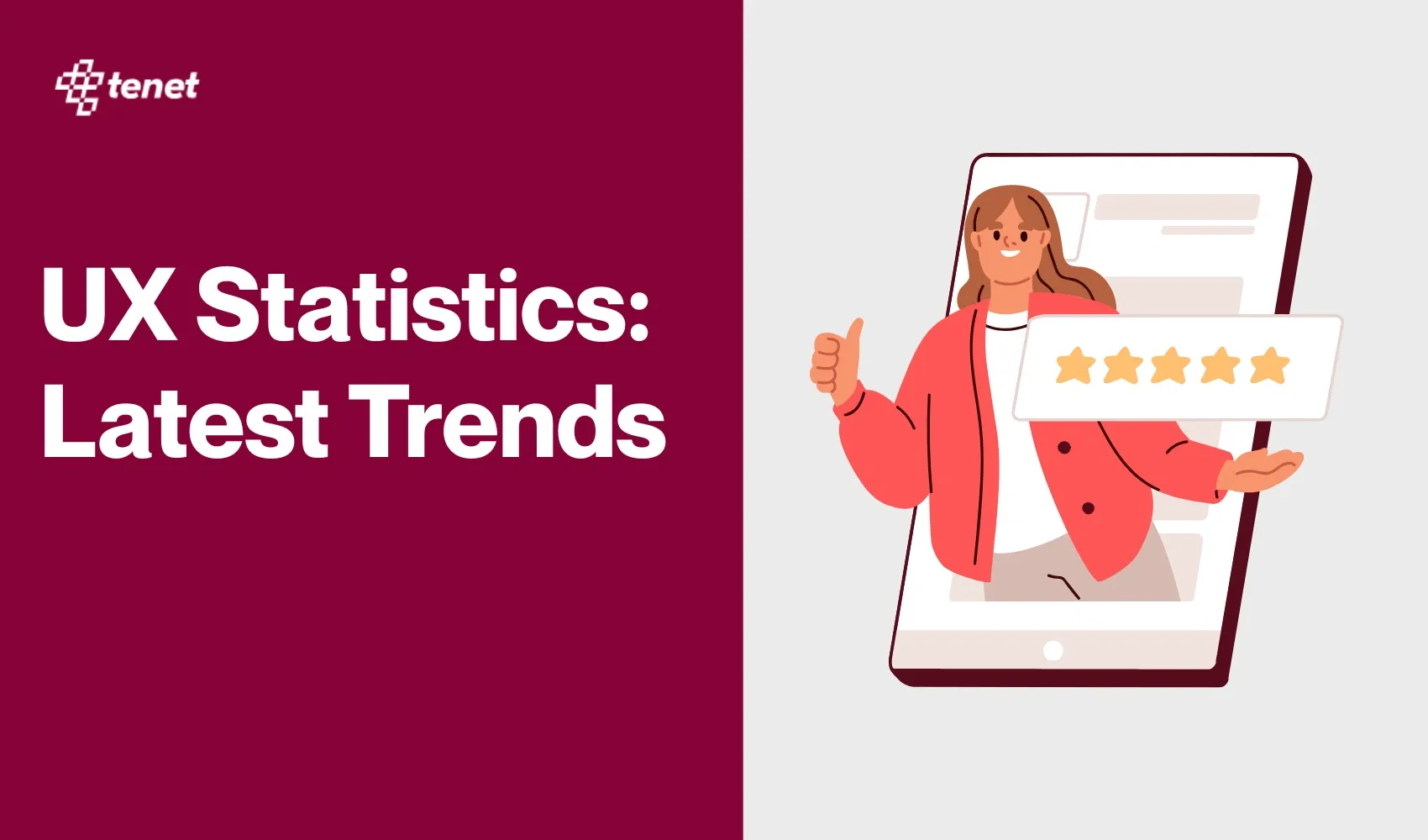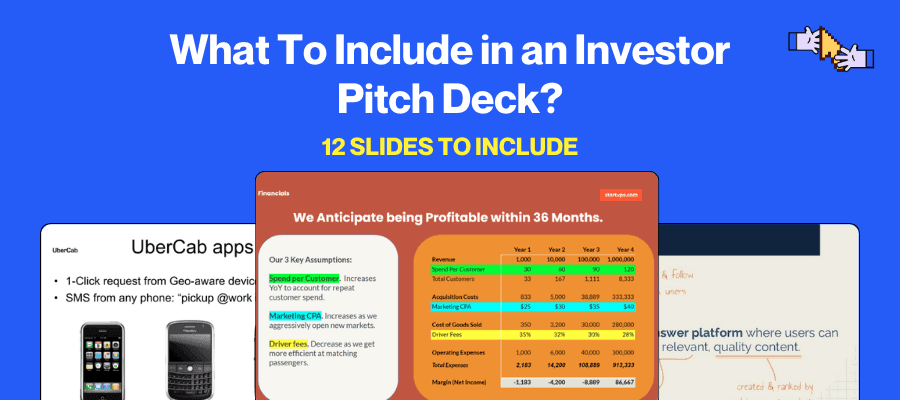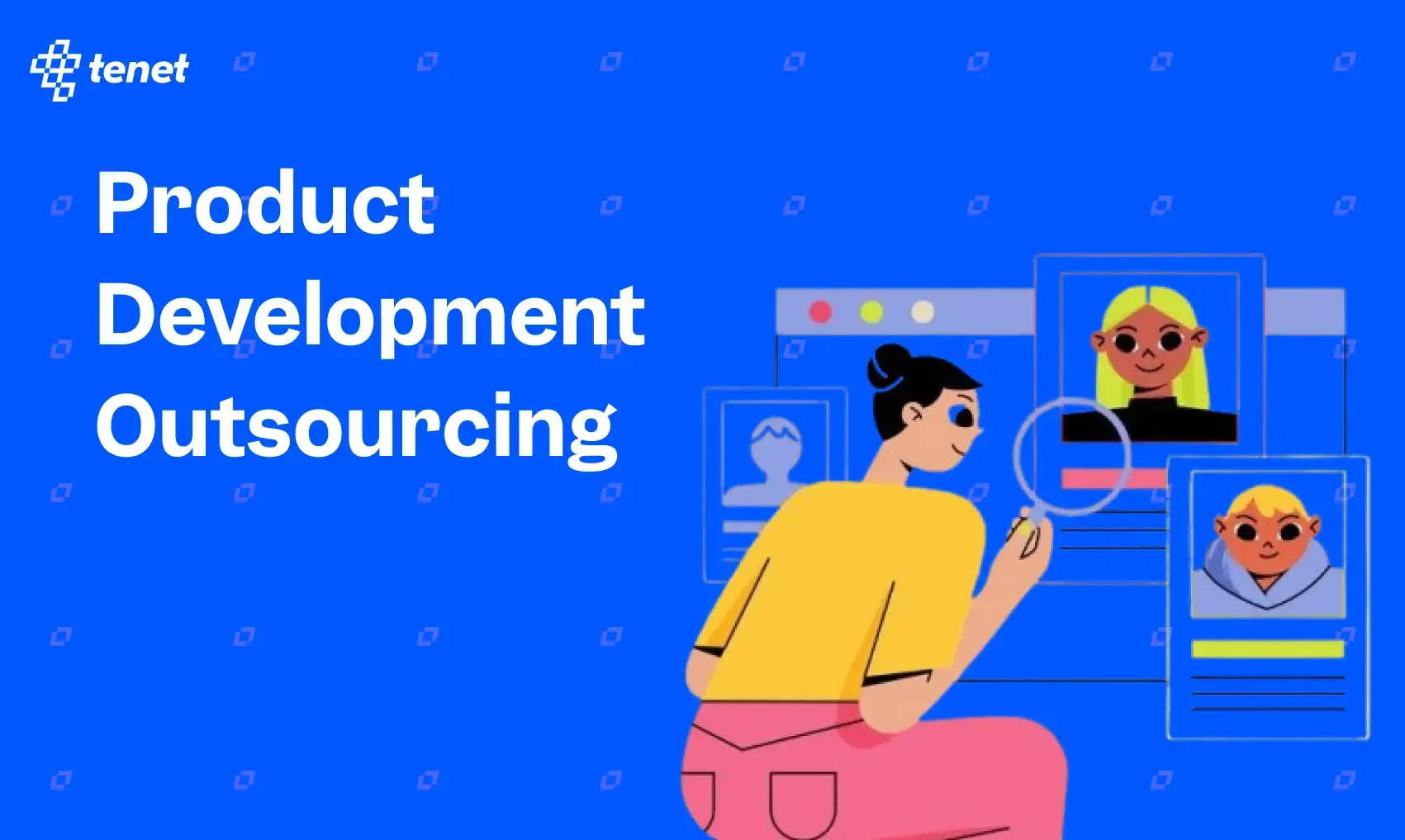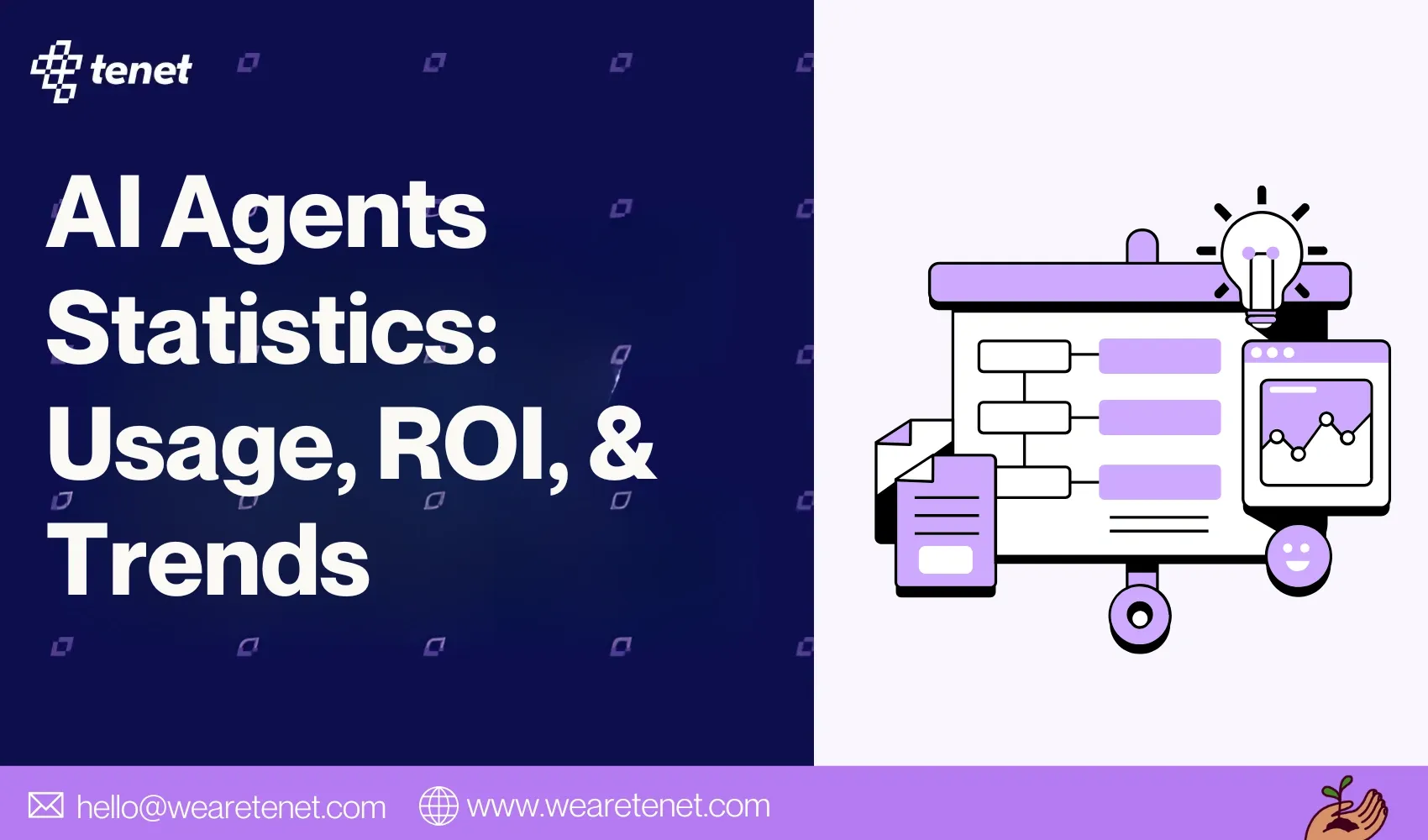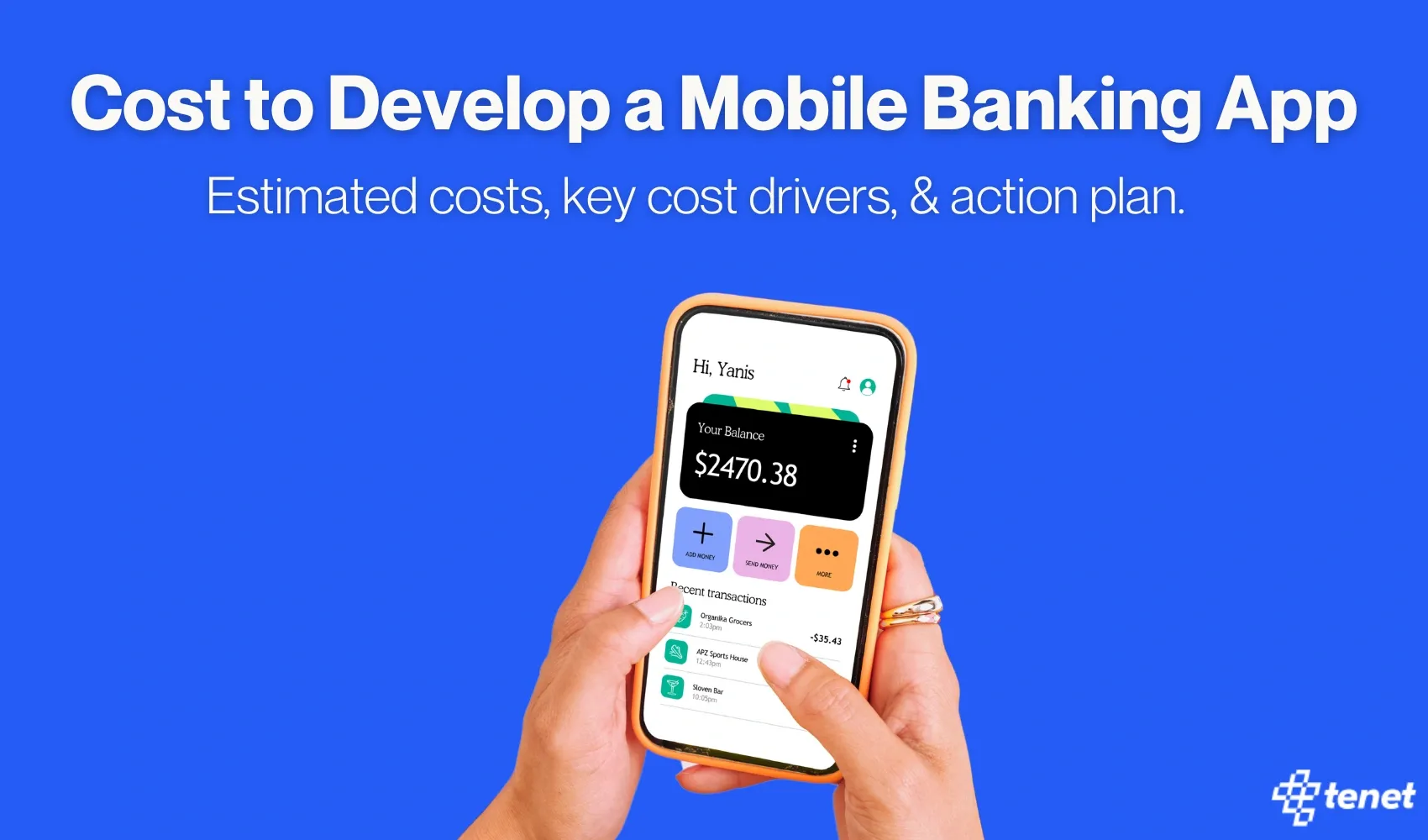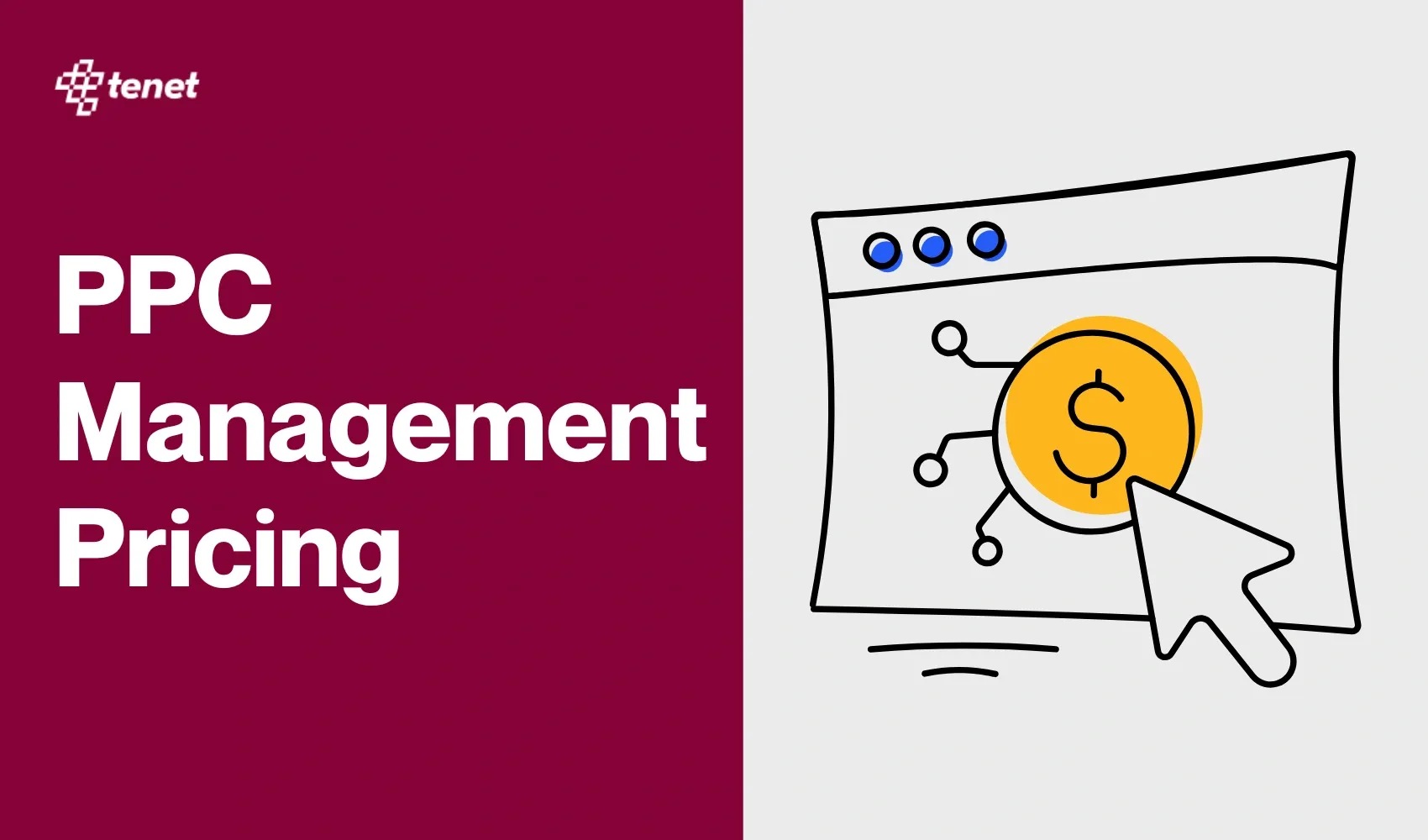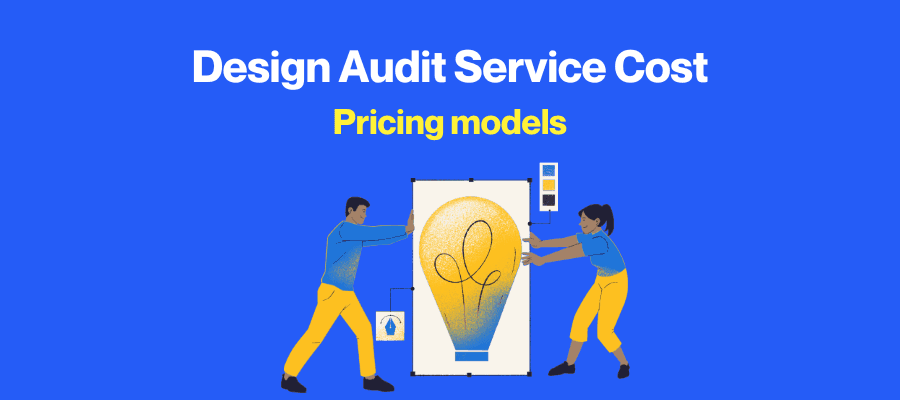How To Increase Ecommerce Sales (16 Strategies)
Share
Share

Running an ecommerce business is exciting, but many store owners face one frustrating problem.
In fact, every abandoned cart, unclear product page, or slow checkout leads to missed revenue. And competitors who optimize these areas win customers.
The good news is that you can fix this with the right ecommerce marketing strategy.
In this guide, you will learn 16 clear and practical strategies to increase ecommerce sales in 2025.
These include optimizing product pages, simplifying checkout, improving mobile experience, sending recovery emails, building trust with reviews, and much more.
Here are 16 strategies to increase your ecommerce sales
Strategy 1: Optimize Your Product Pages for Conversions
Product pages must be clear, easy to navigate, and provide all key information. Without this, shoppers often get frustrated and leave, leading to lost sales and higher bounce rates.
Poor images, missing details, or confusing layouts make customers doubt the product and your brand. On the other hand, well-optimized pages build trust, reduce hesitation, and increase the chances that visitors complete their purchase.
Key steps to implement:
- Provide 360-degree product views and zoomable high-resolution images, and demo videos to give shoppers an interactive and detailed look at the product.
- Write concise, benefit-driven product titles and descriptions focusing on customer needs and outcomes.
- Include exact product specifications, sizing charts, and clear pricing with any applicable discounts upfront to reduce returns.
- Display verified customer reviews and star ratings above the fold as strong social proof.
- Feature prominent, contrasting CTA buttons (e.g., “Add to Cart”) visible above the fold for easy accessibility.
- Answer common product questions directly on the page or via an FAQ link.
- Show stock availability or scarcity information clearly (e.g., “Only 3 left”) to trigger action.
- Ensure your ecommerce product and category pages are mobile-optimized and loads quickly, as over 60% of e-commerce purchases come from mobile devices.
- Design a user-friendly layout so shoppers can quickly access size charts, shipping details, and return policies.
- Highlight incentives such as free shipping, limited-time discounts, or bundles near the CTA.
👉Learn what elements to focus on to enhance sales with our guide on what to include in ecommerce product pages.
Example
Allbirds uses 360-degree product images with zoom features and short, clear text highlighting benefits such as sustainability and comfort. Their product pages highlight availability and show user ratings near the CTA, which is consistently visible during browsing.
This visual shows Allbirds’ product page featuring 360-degree shoe views with clear ratings and easy color selection for a smooth shopping experience.
Strategy 2: Simplify the Checkout Process
A quick and easy checkout helps shoppers complete purchases without frustration or delays, reducing cart abandonment. Complex forms or mandatory account creation often cause shoppers to leave.
For example, ASOS uses a one-page accordion-style checkout that only shows sections for delivery and payment after the previous step is completed. This keeps the process simple and focused, helping more customers finalize their orders.
Here is an image showing ASOS’s checkout page:

Key steps to implement:
- Enable guest checkout to avoid forcing account creation before purchase; invite account setup post-purchase for retention.
- Minimize form fields to essentials only - combine name fields, remove outdated inputs, and avoid unnecessary info collection. ( In short, avoid long forms)
- Use autofill and real-time validation for address and payment fields to make data entry faster and reduce errors. (Google Autocomplete can be used to speed up address entry)
- Use a single-page or one-click checkout flow so users can complete everything without switching pages.
- Display a progress bar for multi-step checkouts to set user expectations on remaining steps.
- Show all costs upfront, including taxes, shipping, and fees, to eliminate surprise charges at the end.
- Offer multiple payment options, including credit cards, digital wallets like PayPal and Apple Pay, and Buy Now Pay Later (BNPL) services to meet diverse preferences.
- Include trust signals like SSL badges and return policies to reassure customers that their information is safe.
- Show shipping costs and delivery timelines upfront to prevent surprises during checkout.
- Optimize the checkout for mobile responsiveness and fast loading.
👉Explore our eCommerce UI/UX design services to enhance your site’s user experience.
Strategy 3: Go Mobile-First to Capture More Sales
More than 70% of global e-commerce sales are now made on mobile devices. If your online store isn’t designed primarily for mobile users, you risk losing a large chunk of potential customers who expect fast, easy, and intuitive shopping on their smartphones.
Key steps to implement:
- Design your website starting with mobile layouts first to ensure essential content and CTAs are visible and accessible. Avoid cramming too much information, which slows down the mobile experience.
- Prioritize ultra-fast loading by compressing images (use WebP format), minifying scripts, and lazy-loading assets.
- Simplify mobile navigation with hamburger menus or collapsible categories like Crutchfield does, making the interface clean and easy to use.
- Integrate real-time inventory updates and urgency indicators to motivate quick purchases on mobile.
- Ensure the checkout flow is seamless on mobile, with large buttons and minimal steps to reduce abandonment.
- Optimize for local search and phone-friendly keywords to capture mobile shoppers near your physical stores or delivery areas.
👉If you want to learn how to build engaging and effective shopping apps, check out our guide on e-commerce mobile app development.
Example
Amazon website/app uses a mobile-first approach, improving load times and navigation, which increases conversions as most people place orders using smartphones.
The following images show Amazon’s website and the mobile app ( you can see how they are optimized for a fast and smooth hopping experience).
Desktop version:

Mobile version:

👉 Discover more about Tenet’s eCommerce app development for mobile shopping experiences.
Strategy 4: Use Abandoned Cart Emails to Recover Lost Sales
Many shoppers add items to their carts but never complete the purchase, causing businesses to miss out on significant revenue. These lost sales not only reduce immediate income but also risk losing customers to competitors.
That’s where abandoned cart emails act as timely reminders, encouraging shoppers to return and finish their orders, helping recover revenue that would otherwise be lost.
Key steps to implement ecommerce email marketing:
- Send the initial email 1-3 hours after cart abandonment to re-engage shoppers while their interest remains high.
- Follow up with a second email within 24 hours, providing additional product info, customer reviews, or incentives like discounts.
- Send a third and final reminder after 24 to 48 hours of abandonment, with urgency cues such as limited stock or time-sensitive offers.
⚠️ Keep the sequence limited to 2–3 emails to avoid annoying customers or increasing unsubscribes.
- Use personalized subject lines and content, including the customer’s name and images of the abandoned products, to increase open rates.
- Include a clear call-to-action (CTA) button that directs shoppers to their saved cart for easy checkout.
- Keep testing and refining your email timing, content, and frequency using engagement data.
- Avoid overwhelming customers by spacing emails and excluding those who’ve recently engaged.
- Highlight social proof like product reviews, star ratings, or user-generated content to build trust.
- Monitor open rates, click-through rates, and conversions, and test different subject lines and send times with A/B testing to optimize performance.
👉 Discover how to identify and fix conversion issues with our comprehensive e-commerce CRO audit checklist.
Example
Amazon uses a concise, personalized abandoned cart email soon after abandonment, showing product images and a clear “Return to Cart” or “View Cart” button.
Below is an image that describes this point in action:

Complementing emails, Amazon also sends push notifications and WhatsApp messages, creating a multi-channel recovery approach.
Here is a screenshot showing how Amazon’s WhatsApp message provides instant cart reminders and direct links for quick checkout on mobile.

This coordinated use of email, mobile app notifications, and even WhatsApp messages ensures reminders reach customers on their preferred platform, increasing recovery rates without aggressive selling.
Strategy 5: Use Upsell and Cross-Sell Techniques to Increase Order Value
Upselling motivates customers to go for a premium option, while cross-selling highlights complementary products to complete their purchase. Both work together to naturally raise the average order value (AOV) by 10-30%.
Key steps to implement:
- Display related or complementary products on product pages and during checkout. For example, when someone buys a laptop, recommending a mouse or a laptop bag adds value naturally.
- Place “You Might Also Like” or “Frequently Bought Together” sections dynamically on product pages to suggest complementary goods.
- Offer bundle deals or discounted packages to encourage customers to buy multiple related products together.
- On the cart or checkout page, offer upgraded or premium versions of products to customers ready to purchase, highlighting the added benefits. Make sure upselling feels helpful rather than pushy.
- Send post-purchase emails recommending complementary items that add value to the original purchase.
⚠️ Avoid overwhelming customers with too many options. Keep offers relevant and concise.
Example
Amazon’s product pages feature “Frequently Bought Together” or “Customers Also Bought” sections, utilizing large data insights to cross-sell related items effectively.
The picture below shows how Amazon’s “Frequently Bought Together” section suggests complementary products, encouraging easy bundle purchases.

Their checkout page also offers upsells, such as device insurance or premium versions.
Here is an image explaining this point in action ( Amazon’s checkout page highlights related items and deals, increasing cart value with smart recommendations):

Strategy 6: Offer Free Shipping Label on Product Pages
High shipping costs are one of the top reasons online shoppers abandon their carts. Offering free shipping removes this barrier and encourages users to complete their purchases. Even studies show free shipping can increase average order value by 30%.
Key steps to implement:
- Add a clear “Free Shipping” badge or label near the product title or prices and “Add to Cart” buttons for immediate visibility.
- Set a minimum order value for free shipping to encourage larger purchases, such as “Free shipping on orders over $50.”
- If free shipping isn’t financially feasible for all orders, offer it selectively for premium customers or during promotions.
- Communicate expected delivery times and costs transparently to avoid surprises.
- Use contrasting colors and icons (e.g., truck symbol) for quick visual recognition.
- Test placement in multiple areas, such as near price, product images, and checkout buttons for maximum visibility.
- Include a concise tooltip or link next to the label explaining shipping terms plainly to clear doubts beforehand.
- Combine with a progress bar or indicator that shows how close customers are to qualifying for free shipping, and also to track their shipments.
Example
ASOS uses a clean "Free Delivery" label beside product prices and includes a subtle progress bar showing how close customers are to qualifying for free shipping.
Below is ASOS’s product page highlights free delivery details directly at checkout:

This approach helped ASOS reduce cart abandonment rates significantly, especially among mobile shoppers, and improved overall conversion by conveying transparent, motivating shipping information.
Zappos is another strong example, crediting its free shipping and returns policy for high customer loyalty and reduced cart abandonment.
Image representing Zappos’s free upgraded shipping and returns, clearly displayed near payment and size options for transparency.

Strategy 7: Build Trust by Showing Social Proof
Customers trust peer reviews and ratings far more than brand claims or advertising. Showing social proof through customer reviews on product pages and across your site reduces hesitation and builds confidence in your products.
This leads to higher conversion rates as shoppers feel reassured by the real experiences of others.
Key steps to implement:
- Display verified customer reviews and star ratings prominently on product pages, with sorting features for most helpful or recent.
- Highlight review snapshots focusing on key benefits and common pain points resolved by the product.
- Encourage customers to upload photos and videos of themselves using the product and feature this user-generated content (UGC) on product pages and social media.
- Add social proof widgets that automatically display user-generated content and reviews, updating in real time for authenticity.
- Use testimonial carousels or grids on homepages and landing pages to build immediate trust.
- Include trust badges, certifications, and expert endorsements where applicable, especially for sensitive data and payments, to reassure customers.
- Incorporate user testimonials and success stories on landing pages and checkout pages for added credibility.
- You can also use live social proof notifications, such as “X people bought this 5 minutes ago” or “Y people viewing this right now” with subtle urgency. ( ⚠️But don’t add anything that’s fake )
💡Simplify the review submission process with automated post-purchase emails requesting feedback.
Example
Wayfair displays customer reviews and ratings directly on its product pages, paired with user-uploaded images of products in real homes.
Shoppers can browse authentic photos, see ratings breakdowns, and read detailed feedback about product durability, appearance, and quality. Like this 👇
This visual shows how Wayfair shows customer reviews, ratings & real images of the product that the customers upload:

This combination of peer reviews and real-life visuals reduces buyer hesitation and helps customers make confident decisions.
Strategy 8: Host a Discounts and Coupons Page on Your Website
Building a dedicated discounts and coupons page makes it easy for customers to find current promotions in one place, increasing user convenience and organic search traffic. This approach also allows the business to reuse and update seasonal offers efficiently over time.
As you can see in the image below, customers often search for coupon codes and deals before making a purchase.

By having a central page, ecommerce brands help shoppers quickly access the latest offers, reduce frustration, and lower cart abandonment rates.
Key steps to implement:
- Create an evergreen URL without year indicators (e.g., /mothers-day) so the page can be reused each year without SEO penalties.
- Keep the seasonal promo pages live year-round with a 200 HTTP status code, avoiding broken links or redirects.
- Feature the page prominently during the season via main navigation, promo banners, and pop-ups; hide or "orphan" the page off-season.
- Include clear, up-to-date content with terms, product availability details, and alternative offers if seasonal products are off-season.
- Optimize page title tags dynamically or statically for relevant keywords and months; for example, “Brand Name Coupons & Deals: Save Up to 50% in November.”
- Add internal links to this page in the footer and site navigation to ensure visibility and crawlability.
- Make promo codes case-insensitive to improve user experience and reduce errors.
- Complement your site's coupon page strategy with affiliate and coupon aggregator partnerships to capture broader traffic.
- Use Open Graph images optimized for social media to promote your discounts visually and attract more sales during promo seasons.
- Build an email list by offering early notifications of seasonal deals from this page to increase engagement.
Example
The Home Depot hosts a dedicated Black Friday promo page, capturing large CRM traffic through SEO-ranked branded coupon queries.
Here is Home Depot’s Black Friday promo URL that helps them ensure SEO visibility and attract high-intent deal seekers.
https://blackfriday.com/ads/black-friday/home-depotThey complement this by integrating internal search functions that redirect relevant queries like “Black Friday” directly to the promo page, increasing targeted conversions.
Strategy 9: Use Retargeting Ads to Recover Lost Visitors
Retargeting ads help bring back visitors who leave your site after adding products to their cart but don’t complete the purchase. These ads remind shoppers of the items they showed interest in and encourage them to finish their order.
Personalized ads showing the exact products left behind, sometimes with limited-time discounts, can reduce lost sales and improve conversion rates.
Key steps to implement:
- Implement dynamic retargeting ads that show the exact products left in the cart with images and prices, increasing relevance and click-through rates.
- Start retargeting with ads within 24 hours of abandonment to catch high-intent moments and follow up with sequential ads offering incentives (like discounts) if needed.
- Set up retargeting campaigns on platforms like Facebook, Instagram, and Google Ads to target users who visited your product or cart pages.
- Segment audiences based on behavior (e.g., cart value, new vs returning customers) and tailor ad creatives with personalized copy and offers.
- Include one-click links in ads that bring users directly back to their abandoned cart for fast checkouts.
- Utilize urgency tactics like countdown timers or stock scarcity in ads to create FOMO (fear of missing out).
- Combine retargeting ads with abandoned cart email campaigns for multi-channel recovery.
- Track campaign performance and optimize based on click-through and conversion rates.
Strategy 10: Use Email Marketing ( to send segmented campaigns)
Segmenting email campaigns lets you send relevant messages to specific groups of customers based on their preferences, behavior, or purchase history.
This targeted approach encourages higher engagement, better conversion rates, and stronger customer loyalty by making sure the right message reaches the right person at the right time.
Key steps to implement:
- New Subscribers: Send welcome emails with special offers or discounts to encourage first-time purchases and set brand expectations.
- Cart Abandoners: Trigger reminder emails highlighting abandoned products, sometimes coupled with limited-time offers to recover lost sales.
- Repeat Buyers: Reward loyalty with exclusive deals, early access, or VIP programs to increase lifetime value and encourage repeat purchases.
- Seasonal Campaigns: Target customers with timely holiday or seasonal offers, leveraging special events like Black Friday or Christmas for spikes in sales.
Example
Sephora sends personalized welcome offers to new subscribers, follows up with cart abandoners through reminder emails, and rewards loyal customers with exclusive early access during holiday campaigns.
Here’s an image showing Sephora’s personalized emails:

This targeted approach improves open rates and sales by aligning communication with customer behavior and buying stages.
Strategy 11: Showcase Guarantees and Easy Returns
Many customers hesitate to buy online due to concerns about product quality or complicated returns. By prominently showcasing guarantees and simple return policies, you increase buyer confidence and lower barriers to purchase.
Here is an image from Amazon’s product page that clearly highlights the "10 days Replacement" policy with a visual icon and label.

By placing this guarantee front and center, Amazon reassures shoppers that they can easily replace the product within 10 days if needed.
This transparent, simple return and replacement option directly addresses concerns about product quality and online shopping risks, making customers more confident about purchasing.
Key steps to implement:
- Highlight clear and straightforward return policies, such as “30-Day Easy Returns” near the “Buy Now” button or product price.
- Ensure your return and refund policies are clearly accessible on product pages, checkout, and website footer for transparency.
- Use simple language explaining how easy it is to return or exchange products, emphasizing hassle-free processes.
- Offer money-back guarantees or satisfaction guarantees to reassure hesitant buyers.
- Use icons or badges to make guarantees and returns visible and easily understandable.
- Provide detailed return instructions and FAQs on a dedicated page linked from product pages.
- Share customer testimonials mentioning hassle-free returns to add credibility.
- Regularly update your policy and communicate return timeframes clearly (e.g., 30 days, 60 days).
⚠️ Train customer service teams to handle returns promptly and empathetically, turning returners into repeat buyers.
Example
Zappos is renowned for its generous “365-Day Return Policy” and free return shipping, showcased clearly on product pages and throughout the shopping journey. This policy builds extraordinary trust, encouraging shoppers to buy confidently, knowing returns are simple and cost-free.
Zappos highlights its 365-day return policy and free next-day shipping on its website, reassuring customers with transparent and flexible service.

Visual showing how Zappos promotes free shipping and returns across the US directly on its policy pages, reinforcing ease and trust for every order.

Their transparent, customer-centric approach strongly drives repeat purchases and customer loyalty.
Strategy 12: Add Shipping and Refund Policy Pages for Transparency
Making your shipping and refund policies easily accessible builds transparency and trust, reducing post-purchase anxiety and customer support issues.
Key steps to implement:
- Place clear links to shipping and refund policy pages in the website header or footer, ensuring they are visible on every page.
- On product pages, display delivery time estimates such as “Get delivery in 3-5 business days” to set realistic expectations.
- Use simple, scannable sections in policies with headings like “Shipping Costs,” “Delivery Time,” “Return Window,” and “Refund Process” for quick comprehension.
- Include shipping options, costs, and estimated times based on location transparently.
- Make policies mobile-friendly with collapsible sections or sticky links.
- Link policies in transactional emails, order confirmation, and shipping updates for continuous reinforcement.
- Keep policies updated to reflect changes from seasons, supply issues, or logistics partners.
Example
Patagonia provides prominent links to shipping and returns in the website footer and product pages, paired with clear delivery time estimates.
This displays free shipping offers clearly on Patagonia’s website banner:

These are the links that show up after clicking Patagonia’s website banner (free shipping offers):

Strategy 13: Plan E-commerce SEO for Organic Product Sales
Many e-commerce businesses make critical SEO mistakes that hurt their online visibility and sales. Common errors include using duplicate product descriptions, poorly structured websites, ignoring mobile optimization, and overstuffing keywords. These mistakes confuse search engines, leading to lower rankings and less organic traffic.
Without a solid SEO strategy, sites miss out on valuable high-intent visitors actively looking to buy, resulting in lost revenue and increased dependence on paid ads.
Key steps to implement:
- Optimize Category Pages: Improve meta titles to be clickworthy and SEO-friendly, add H1 and H2 tags, unique descriptive content, FAQs, internal links, and pricing tables to enhance relevance and user experience.
- Target Long-Tail Keywords: Create sub-category pages focusing on specific, lower-competition keywords with high buying intent (e.g., “Tennis diamond bracelet,” “Diamond bracelets for men”) to capture more niche traffic.
- Enhance Product Pages: Enrich product copy with detailed features, unique selling points (USPs), and better illustrations. Include social proof and trust badges.
- Fix Technical SEO: Improve website navigation, site structure, page load speed, mobile responsiveness, and ensure proper indexing for all important pages.
- Content Strategy: Conduct audience research via forums (Quora, Reddit), identify user questions and pain points, and create educational content addressing those concerns to attract and engage users.
- Scale Content Using Templates: Develop scalable content templates for location-based or feature-specific pages (e.g., “{X} carat lab-grown diamond price in {location}”) for broad geographic targeting and increased visibility.
- UI/UX Improvements: Optimize header, footer, and navigation to prioritize high-revenue categories and improve overall site usability.
👉See how Tenet’s SEO services can increase your organic search traffic.
Example
Blue Nile, a top online diamond retailer, significantly increased its organic search visibility by optimizing category and product pages for specific keywords and improving content quality.
Their SEO efforts focused on addressing customer queries and improving technical SEO, which helped them dominate competitive diamond-related search terms globally and steadily increase organic sales.
Strategy 14: Run PPC Ads for E-commerce
Pay-per-click (PPC) advertising helps ecommerce brands reach people who are actively searching for products online.
By targeting ads according to shoppers’ interests and search terms, brands can attract prospective buyers quickly, encourage immediate action, and increase conversions. PPC also allows companies to adjust budgets and track which ads perform best, making it easier to invest resources in what works.
If PPC ads are ignored or set up poorly, brands risk missing out on ready-to-buy customers and may see slower growth compared to competitors using paid channels effectively.
Key steps to implement:
- Use a mix of platforms like Google Ads, Facebook Ads, Instagram Ads, TikTok Ads, and Pinterest Ads to reach your ideal customer where they spend time.
- Bid on product-related search terms and use detailed audience targeting options such as demographics, interests, behaviors, and past interactions.
- Write clear, benefit-driven ad copy with strong calls-to-action (CTAs), attractive visuals, and social proof like star ratings or reviews.
- Serve personalized ads featuring products shoppers viewed or added to cart, reminding and motivating them to complete purchases.
- Set up proper conversion tracking using platform tools or third-party analytics for data-driven optimization.
- Take advantage of machine learning tools that optimize bids toward your specific goals such as sales or cost-per-acquisition.
- Filter out low-quality clicks by excluding irrelevant search terms or audience segments.
- Ensure your ads link to relevant, user-friendly product or category pages with fast load speeds and simple checkout processes.
- Run campaigns during peak shopping times or periods of high user activity to maximize engagement.
- Perform A/B testing on ad creatives, targeting, and bids, refining campaigns based on performance metrics.
👉Check out our PPC services for targeted advertising campaigns.
Strategy 15: Build a Content Marketing Plan
Building a strategic content marketing plan is essential for e-commerce brands to connect authentically with customers, educate them effectively, and ultimately drive sales.
By showcasing your unique product story, demonstrating practical uses, and using rich video content (especially via platforms like YouTube, Instagram) you create lasting engagement that transforms casual browsers into loyal buyers.
Key steps to implement:
- Share behind-the-scenes videos and stories showcasing your manufacturing process, craftsmanship, or company culture. This transparency humanizes your brand and builds emotional connections.
- Produce content centered on product use cases and applications. For example, a home decor manufacturer might post videos demonstrating how to style a room using their products.
- Use YouTube by creating a branded channel to publish product demos, tutorials, FAQs, and lifestyle content that educates customers and aids purchase decisions.
- Integrate video content throughout your site to improve engagement, SEO, and conversions.
👉Learn how our eCommerce solutions optimize sales funnels and improve conversions.
- Encourage customers to create and share user-generated content (UGC) like unboxing videos, reviews, and testimonials to amplify authenticity and social proof.
- Use storytelling and emotional triggers in blog posts and video scripts to make product benefits relatable and memorable.
Example
Etsy highlights artisan Jonathan Dorthe’s handcrafted work with behind-the-scenes videos on their platform, adding perceived value and authenticity to products.
Image showing how Etsy features authentic shop stories and behind-the-scenes workshops to spotlight Jonathan Dorthe’s artisan creativity, deepening customer connection and trust.

This approach helps with customer trust and appreciation for craftsmanship, positively impacting sales.
Strategy 16: Collaborate with Instagram and YouTube Influencers
Partnering with influencers on Instagram and YouTube helps ecommerce brands connect authentically with their target audience. Influencers share trusted recommendations that can reach relevant communities more effectively than traditional ads.
In 2025, influencer marketing is expected to become a $32.55 billion industry, with over 80% of marketers confirming its effectiveness. Brands see higher engagement and sales when working with influencers whose followers align with their niche.
Key steps to implement:
- Identify influencers whose audience matches your target market and who generate high engagement, not just follower count.
- Create authentic partnerships where influencers genuinely use and share your products in lifestyle content or reviews.
- Utilize shoppable posts and stories on Instagram to enable immediate purchase from influencer content.
- Collaborate on product reviews, tutorials, unboxing videos, and lifestyle content showing your product’s use cases.
- Repurpose influencer-generated posts and videos into paid ads, email campaigns, and website galleries to maximize impact.
- Use affiliate links, promo codes, UTM parameters, and platform analytics to measure engagement, reach, and conversions.
- Nurture ongoing partnerships with influencers who become brand advocates, creating repeated authentic exposure.
Example
Made.com, an e-commerce furniture and homeware brand, collaborated with influencers, like Salima Aliani, a content creator with 568K subscribers, Bij Bonnie (60K+ subscribers), and Sophdoeslife (1.4M+ subscribers), to offer more dedicated influencer content about their products than just simple photos posted on social networks.
This YT video screenshot shows Made.com’s influencer campaign, featuring detailed product videos by creators like Salima Aliani:

In total, Made.com engaged 9 key opinion leaders (KOLs) for its campaign, collectively generating over 1 million views on YouTube.
Strategy 17: Run Seasonal Sales with Discount Offers
Capitalizing on seasonal events like Diwali, Christmas, or Mother’s Day with targeted sales campaigns can significantly increase e-commerce revenue.
These timely promotions tap into heightened customer willingness to buy during celebrations and holidays. Engaging shoppers with relevant offers at these moments encourages more purchases and strengthens customer relationships.
Key steps to implement:
- Build promotional pages with simple, timeless URLs (e.g., /diwali-sale) that can be reused annually, saving content development time and maintaining SEO value.
- Avoid redirects or broken pages; simply hide pages from navigation off-season but keep them indexed to preserve SEO authority.
- Place links to your seasonal sale page in main navigation, banners, and marketing emails during the event.
- Provide offers like percentage discounts, bundled products, or free gifts that resonate with the holiday’s spirit.
- Clearly inform customers if seasonal products are out of stock or suggest alternatives during off-season periods.
- Begin your seasonal marketing process months in advance to build anticipation through teasers, early access, and personalized promotions.
- Add countdown timers, limited stock notifications, or “Today Only” deals to spur quick action.
- Use email, social media, PPC ads, and influencer marketing to expand reach and drive engagement.
Example
OluKai, a footwear brand, used Shop Campaigns during peak holidays to gain 1,400 new customers at a lower acquisition cost and increase average order value by 12%. Their targeted seasonal ads and personalized offers optimized their holiday sales performance efficiently.
You can see how OluKai has dedicated Black Friday and Cyber Week promo pages that clearly showcase special collections, free shipping, and returns to attract high-intent holiday shoppers.

Final Words
E-commerce marketing is an ever-evolving discipline that demands ongoing adaptation and consistent optimization. The 20 strategies shared in this blog provide a comprehensive roadmap to help your online store thrive, from optimizing product pages and checkout experiences to leveraging social proof, email marketing, and influencer collaborations.
By implementing these proven tactics thoughtfully and testing their impact, you’ll be better equipped to attract visitors, convert them into buyers, and turn one-time customers into loyal brand advocates. Remember, success in e-commerce marketing comes from blending solid fundamentals with creativity and data-driven insights.
Start small, track results, and scale what works best for your business. With persistence and strategic execution, growing your e-commerce brand into a competitive powerhouse is within reach.
Find untapped ways to increase sales for your online ecommerce store
Find untapped ways to increase sales for your online ecommerce store

Got an idea on your mind?
We’d love to hear about your brand, your visions, current challenges, even if you’re not sure what your next step is.
Let’s talk
